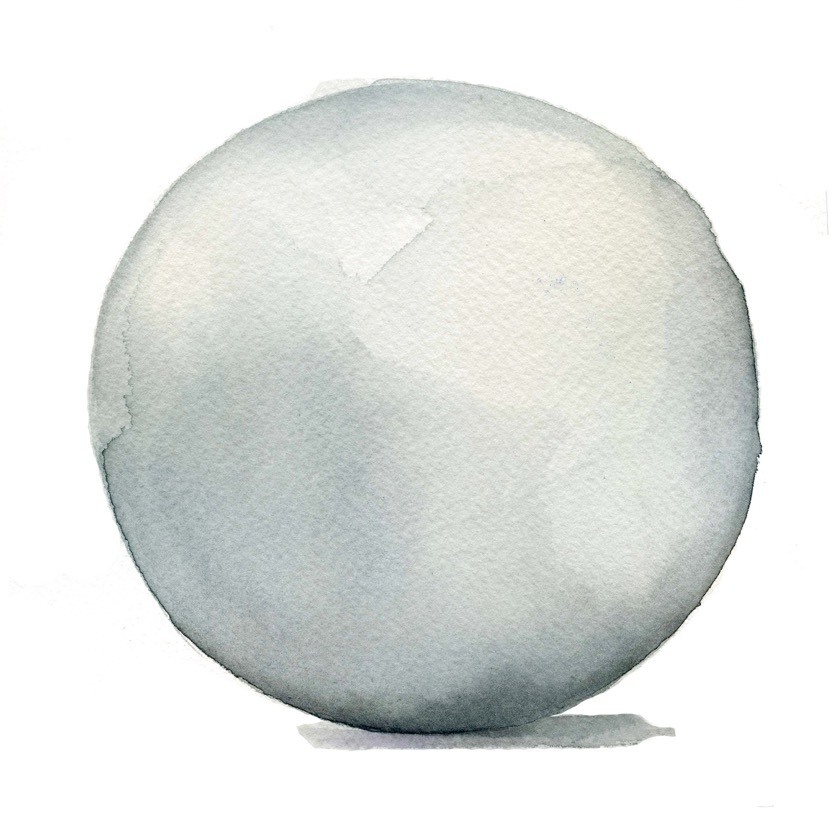[:es]Quizás el cambio más profundo que se avecina es cómo las personas consumirán el bienestar: menos como un lujo ocasional y más infundido en cada aspecto de la vida diaria: cómo comen las personas, cómo trabajan (más bienestar en lugares de trabajo), dónde viven (el aumento de comunidades de bienestar y bienestar inmobiliario), cómo viajan e incluso cómo se visten. Por lo tanto, el bienestar tendrá un mayor porcentaje de varias industrias multimillonarias. El futuro es “bienestar en todas partes” y ya no es sólo un lujo poco frecuente o una experiencia. Eso es muy emocionante. Casi todas las industrias están pensando ahora en el bienestar. Asistimos a un desarrollo de la arquitectura de bienestar, los viajes de bienestar, el bienestar para el cáncer, el bienestar en los colegios, el bienestar en las comunidades, el bienestar en los hoteles, e incluso vemos que se está desarrollando en tiendas minoristas tradicionales y grandes almacenes. En un mundo que experimenta un estrés sin precedentes, debido a nuestra conexión constante a los dispositivos, los medios de comunicación y los medios sociales, hemos visto un aumento en los problemas de salud mental tales como la depresión, la ansiedad y la soledad. Por lo tanto, veo necesario un aumento continuo en el bienestar mental: caminos más creativos que puedan proporcionar paz, desconexión tecnológica, comunidad, alivio del estrés y contacto humano son cada vez más importantes en el futuro. El mundo del bienestar se ha centrado más en el cuerpo, ya sea belleza, ejercicios o pérdida de peso, pero veremos un mayor énfasis en el bienestar mental creativo y en las disciplinas cuerpo y mente, desde la meditación continua para explotar en la corriente principal hasta un enfoque continuo en la innovación del sueño saludable y un mayor enfoque en la desconexión digital. Finalmente, si la revolución del bienestar fue impulsada en gran medida por el consumidor, creo que veremos más gobiernos, instituciones médicas tradicionales, compañías de seguros y empleados que adopten el bienestar basado en la evidencia.[:en]Perhaps the most deep shift coming is how people will consume wellness: less as an occasional luxury, and more infused into every aspect of daily life: how people eat, how they work (more workplace wellness), where they live (the rise of wellness communities and wellness lifestyle real estate), how they travel and even what they wear. So wellness will command a greater percentage of several multi-trillion dollar industries. The future is “wellness everywhere”-no longer just an infrequent luxury or experience. That is very exciting. Almost every industry is thinking about wellness now. We see developments like wellness architecture, wellness, travel, wellness for cancer, wellness in schools, wellness communities, wellness hotel rooms-and even see it percolating into traditional retail and department stores. In a world experiencing unprecedented stress, given our endless connection to devices and media and social media, we’ve seen a surge in mental health issues such as depression, anxiety and loneliness, So, I see and inevitable continued surge in mental wellness: more creative pathways that can deliver peace, tech disconnection, community, stress relief and human touch becoming more important in the future. The wellness world has been more focused on the body, be it beauty, workouts or weight loss, but we will see a profoundly bigger emphasis on creative mental wellness and mind-body approaches-from meditation continuing to explode into the accessible mainstream to a continued focus on innovating healthy sleep to a bigger focus on digital disconnection. Finally, if the wellness revolution was largely consumer driven, I think we will see more governments, traditional medical institutions, insurance companies and employers embrace evidence-based wellness.[:]
